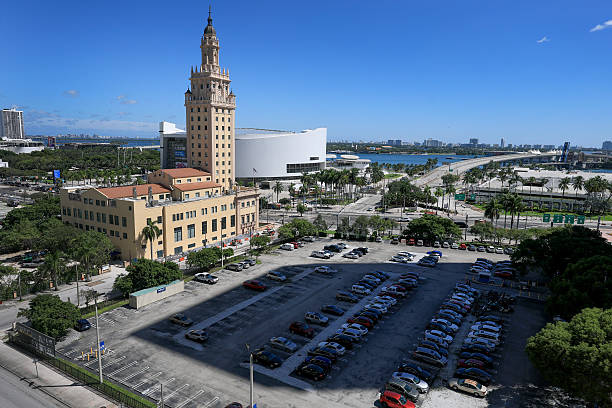
Today, design drives effective business strategy, but design education hasn’t caught up. As companies scramble to digitally transform, adapt to the climate crisis, and navigate culture and trade wars, design’s role has expanded—moving to the center of how organizations shape products, services, and systems. With this elevated role comes a sobering reality: Many design leaders feel increasingly out of their depth.
Promoted for creative excellence, they suddenly find themselves navigating boardrooms, budgets, business models, and organizational change without the proper preparation. As Fast Company puts it, a generation of design leaders are in the midst of a “big design freak-out,” as many realize the creative confidence that propelled careers doesn’t always translate into executive credibility. One senior design leader recently admitted on LinkedIn that they were unprepared to lead people, lead change, transform processes, make sound business decisions, or even understand how a company works.
This isn’t a failure of individual designers. It’s a failure of the system that educates them.
WHERE TRADITIONAL DESIGN EDUCATION STOPS SHORT
Traditional design programs excel at teaching craft: visual communication, UX research, design thinking. But they rarely prepare graduates for the realities of organizational leadership; topics like business strategy, change management, or stakeholder alignment are often considered outside the domain of design education.
It’s not a matter of neglect. It’s a matter of scope. Undergraduate- and graduate-level design programs aren’t meant to produce executives, just as undergraduate business degrees don’t turn students into CEOs. Those leadership capabilities are built over time, and often require further training later in one’s career. Yet while business leaders have long had access to MBAs, corporate academies, and executive development programs, design has had no equivalent, until now.
THE RISE OF EXECUTIVE DESIGN EDUCATION
Recent years have seen a wave of new programs spurred by this education gap. Indeed, my own employer, iF Design, last month launched the iF DESIGN ACADEMY. Drawing on decades of global design authority, the Academy develops leaders who combine creative excellence with business fluency. Our courses push participants to build skills in leadership, strategy, sustainability, and emerging technology. The goal is simple: Help mid- to senior-level design leaders grow into the role today’s landscape requires.
FOUNDATIONS OF EFFECTIVE LEADERSHIP
These programs aren’t about turning designers into MBAs. They aim to cultivate a hybrid mindset—one that blends creativity with executive acumen. Core skills taught include:
Understanding how businesses create and measure value
Communicating with influence across organizational functions
Navigating metrics, org structures, and operational complexity
Driving change in environments that resist it
Leading teams with psychological safety and purpose
These aren’t “nice to have” skills, but the foundations of effective leadership in any domain. Doug Powell, lead lecturer at the iF DESIGN ACADEMY and former VP of design at IBM, captures the challenge well: “While many design leadership courses focus on the management and performance of the team—which is critically important—my course focuses on the skills, behaviors, and tactics of navigating the broader ecosystem of leadership in complex organizations. This outward focus is too often dismissed in leadership training, but without these essential skills, leaders will continue to struggle.”
DESIGN’S POWER IS REAL—BUT ONLY WITH LEADERS WHO CAN HARNESS IT
McKinsey’s widely cited 2018 report, The Business Value of Design, found that companies in the top quartile of design performance outpaced industry benchmarks by as much as 2:1. Good design drives growth, customer loyalty, and competitive advantage, but only when leaders embed it into business strategy. Design thinkers often serve as translators, connecting human-centered thinking to business outcomes. To succeed in this task, design leaders need more than intuition, they need executive fluency. As Katrina Alcorn, managing director at Accenture Song, put it: “The backlash against design is a de facto backlash against innovation.” As Alcorn reminds us in her piece “Good Design Is (Still) Good Business,” companies that slash design roles for short-term savings risk long-term irrelevance. Good design creates real business value, but only if design leaders have the authority and tools to lead.
Today, design extends far beyond aesthetics. It shapes how organizations think, operate, and deliver value in a volatile world. That responsibility grows larger every year, and our investment in design leaders must grow with it. Executive design education is not a luxury—it is essential to unlocking design’s full power to drive progress, resilience, and a better future for all.
Lisa Gralnek is global head of sustainability and impact for iF Design, managing director of iF Design USA Inc., and creator/host of the award-winning podcast, FUTURE OF XYZ.



